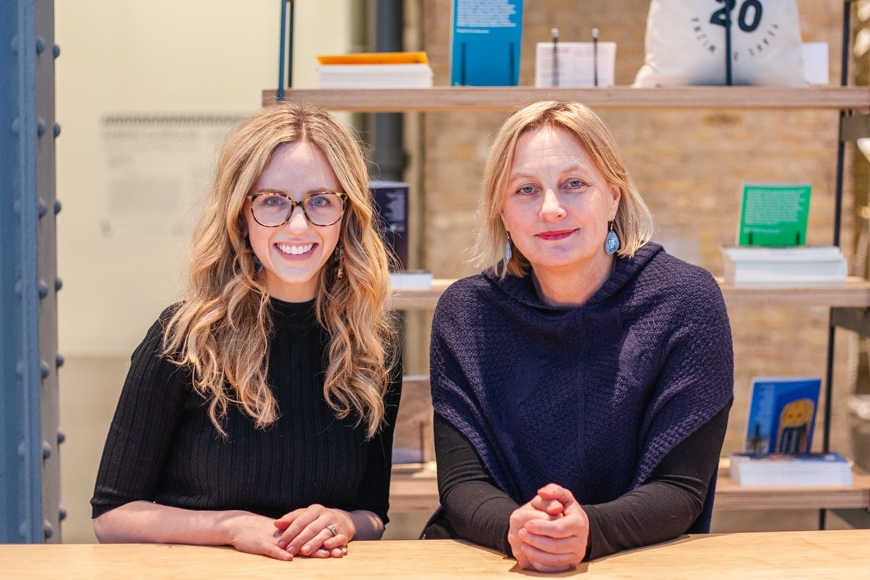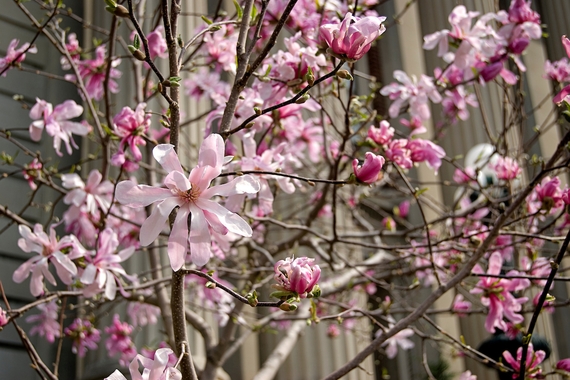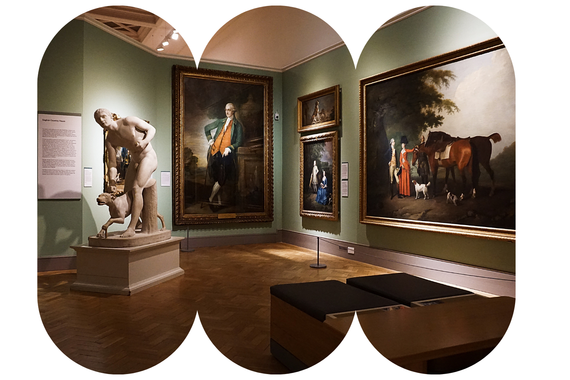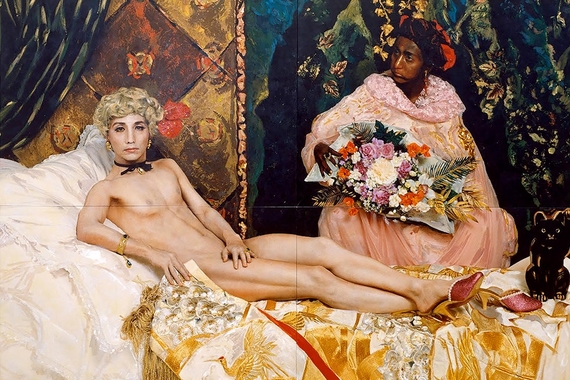Reconstructing a Museum
Reviving a museum is no small feat. As one of the oldest art institutions in Minnesota, the Minnesota Museum of American Art (the M) was founded in 1894 and began formally collecting works in 1927. The museum closed in 2009, and University of Minnesota alumna Kristin Makholm has been working on its reinstitution ever since. The museum reopened in December 2018 after mounting exhibitions in a smaller gallery from 2013-2018.
Today, Makholm works with staff members to create a vision for the future by expanding the diverse narratives of this country.
Reconstructing a Museum
Makholm is the executive director of the Minnesota Museum of American Art. In 2009, the M’s board hired her to resurrect the art museum. Her solo endeavor began with raising money, increasing the reputation of the museum, and finding a home for the collection. After that, Makholm hired a small staff to take on operations, finance, curation, education, and fundraising. Today, she oversees all of these roles and continues to focus on advancing the organization’s mission, which centers the exploration of American identity through artistic creativity and connectedness.
Laura Wertheim Joseph, the curator of exhibitions and a fellow UMN alumna, first met Makholm early in the museum’s rebirth when Makholm was organizing an exhibit on George Morrison, an Ojibwe modernist from Minnesota.
“I think the M is pretty unique in our focus on working with partners to collaborate on creating exhibitions [and] also working with the permanent collection,” she says. Wertheim Joseph and collaborators from outside institutions work to explore nuanced American identities. They organize exhibits including artwork representing the lived experiences of communities that have been historically underrepresented.
Striving for Equity
The leadership strives to create an organizational model that does not have barriers to participation, which is why the M has no entry fee. Makholm says it is important to increase accessibility and inclusion.
“If you're going to rebuild a museum in the 21st century, you want to rebuild it with the foundation of what's important to museums now,” says Makholm.
Free admission is just one aspect of creating inclusion in museums. It is equally important to center narratives of Americans who have been previously excluded from art history. For an art space to be representative of everybody in a community, it must represent diverse perspectives.
The M’s current exhibition showcases photography that uplifts the Black experience. The exhibit, “A Choice of Weapons, Honor and Dignity: The Visions of Gordon Parks and Jamel Shabazz,” includes photography that documents dignity, honor, hope, and love in African American communities throughout the country. Robin Hickman-Winfield, the great-niece of Parks, is leading the curatorial process.
The museum’s biennial—Water 2020—is coming as well. The show accepts submissions, giving people with a relationship to Minnesota’s water systems an opportunity to submit water-themed work. In another model of collective curatorial work, Wertheim Joseph is part of a jury that will select pieces for the show.
Beginning at the U
For both Makholm and Wertheim Joseph, education in the University of Minnesota’s Department of Art History was a step toward involvement in the M and provided the opportunity to work in a field they are enthusiastic about.
“I had a lot of patient professors who encouraged me. Instead of telling me that I needed to work in established models, I received an incredible amount of emotional and intellectual support. That helped me find my own voice and way as a curator,” Wertheim Joseph says.
During her time at the U, Makholm learned the importance of studying art pieces in person. This discovery is what sealed her desire to work in museum settings. “That strong art historical background I had at the U gave me the tools to work with the collection here,” she says.
Expanding into the Next Era
Makholm took a risk that paid off. The M currently holds more than 5,000 artworks, all of which showcase the diverse experiences that have taken place on the land that this country currently occupies. And the museum continues to grow. In 2021, the museum will add 20,000 square feet for a total of 36,000. The expansion will create space for the organization’s permanent art collection.
With more art comes more stories. “It's really about bringing new voices, telling new stories, [and] bringing out hidden narratives that maybe have been neglected or passed over in the past,” says Makholm.
This story was written by an undergraduate student in Backpack. Meet the team.



